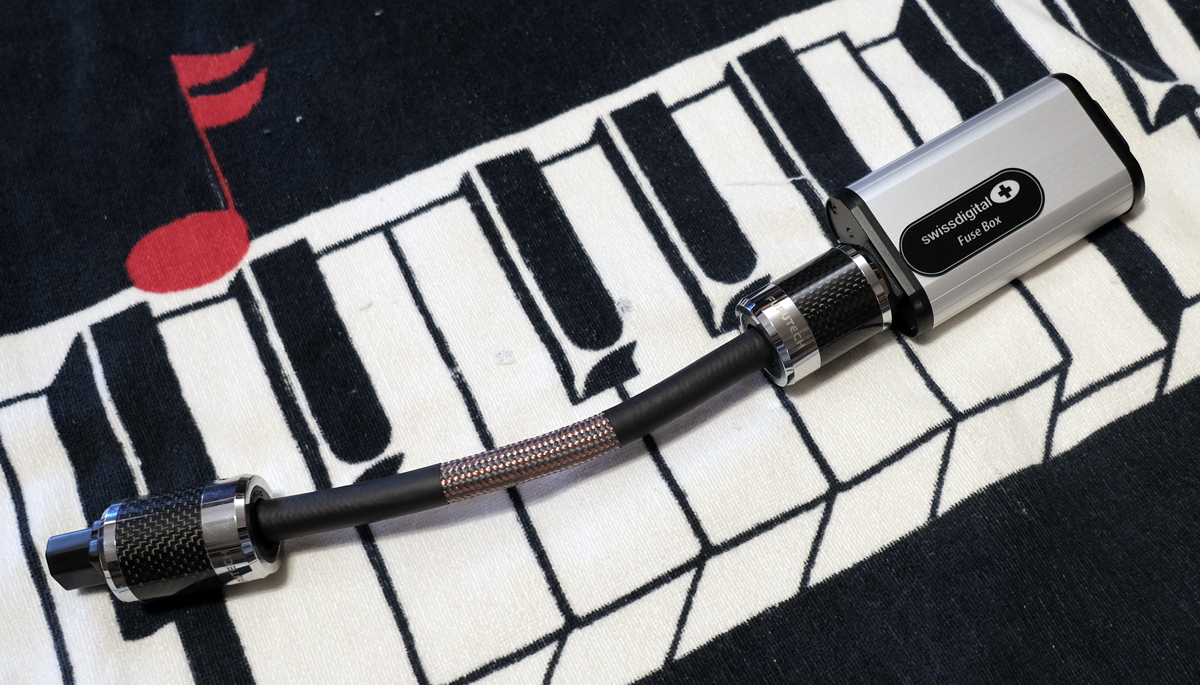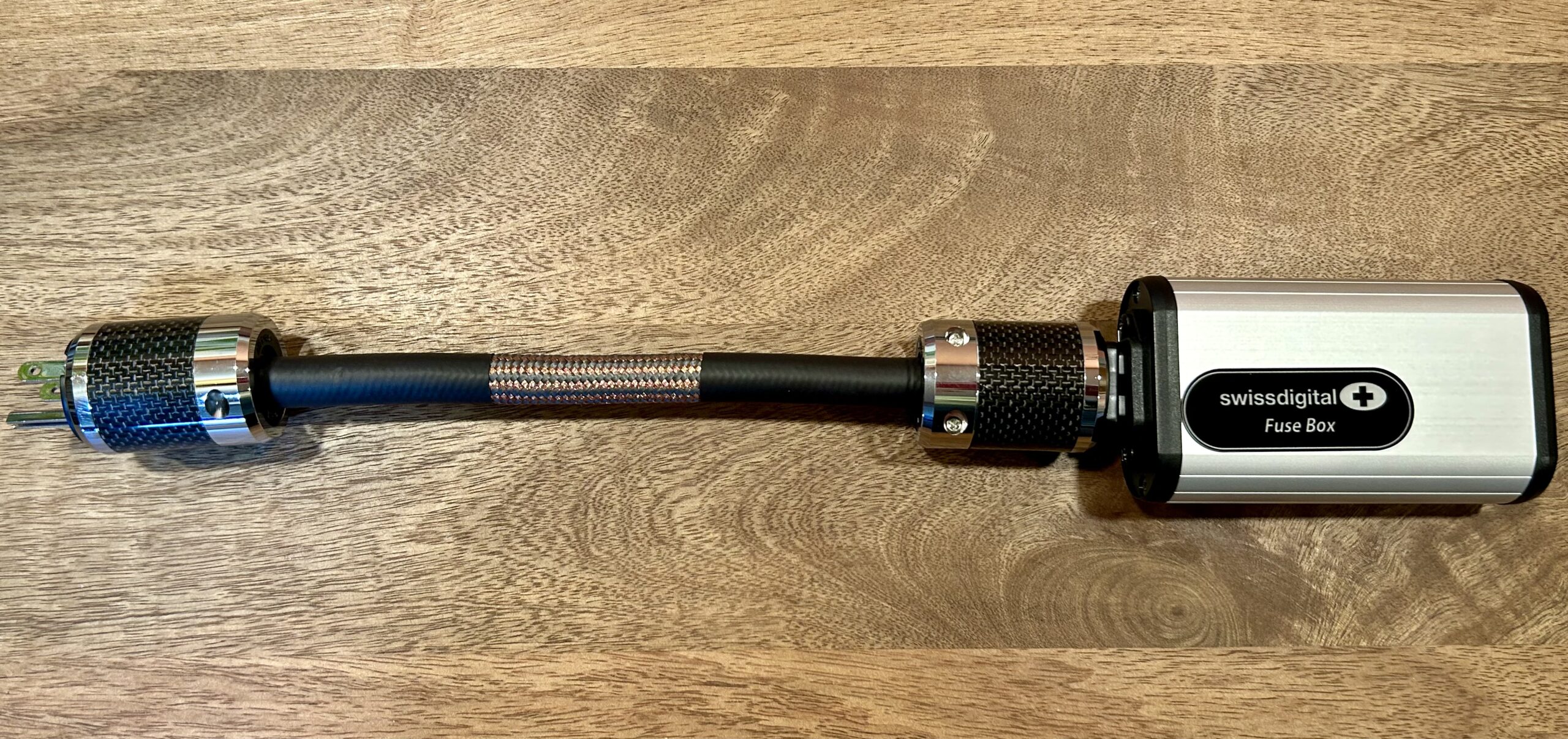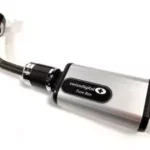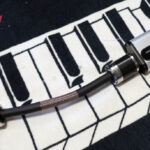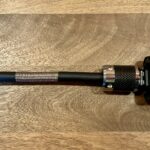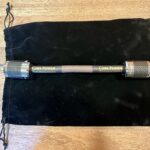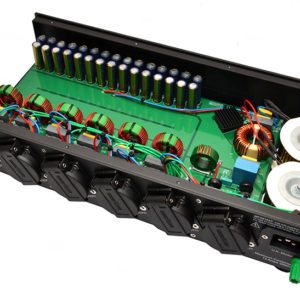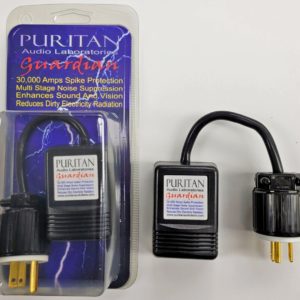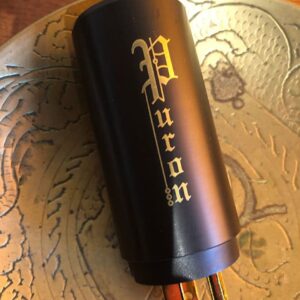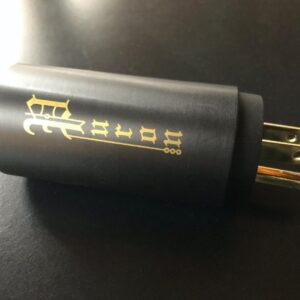Click Here For Instruction Video
What Headroom Sounds Like Click Here for the Complete Audiogon Forum Thread
Swiss Digital FUSE BOX Click Here for the Complete Decware Forum Thread
Swiss Digital Fuse Box Anyone? Click Here for the Complete What’s Best Forum Thread
Swiss Digital FUSE BOX Question Thread Click Here for the Complete Audiogon Thread
To understand the Swiss Digital FUSE BOX, you need to first understand what the lowly fuses in your audio system does, and does not, do for you.
A fuse is a very simple and elegant safety device. AC Mains current flows through it on its way from your home’s wall outlet to the power supply of your audio product. By design, the current flowing through it causes the fuse filament to get warm because it is, in fact, a small value resistor. It uses Ohms Law and the concept of resistance heating (just like your toaster) to protect you. As the current through it increases, the heating of the element increases, until the conducted current exceeds its current rating, when, ultimately, it burns through and opens the circuit. If you examine a typical fuse you will see that lower rated fuses have smaller internal elements than ones of a higher current rating. One can infer from that observation that smaller value fuses have higher resistance than larger, and that is, in fact, the case, as easily shown by a precision Ohm meter. But that’s not the whole story, because you are measuring the fuse under “cold” conditions – with no current flowing through it. As current flows and the element heats, its resistance increases, up to the point of failure.
Now, let’s examine how your audio product reacts to a fuse’s natural characteristics. When you initially power on your product the current draws are high as the capacitors charge up and the active elements begin to conduct. This period is called the “inrush” and the fuse is sized to allow this amount of current to pass; the element will heat up very briefly, but soon return to a steady state or normal operations phase which is typically a much lower current value. In some cases, an equipment manufacturer might specify a “slow blow” fuse, if it knows the inrush current requirement of the product could exceed the brief capacity of a normal “fast blow” type of fuse. Regardless, the principal is the same.
Where the fuse becomes important of course, is from a safety perspective. If there is some fault in the product that causes the current draw to exceed the fuse rating. Under that condition the fuse will continue to heat so long as the excess current draw is maintained, forcing it ultimately to blow, as we described above.
While good as a safety device, the characteristics of a fuse are not optimum for audio performance. First of all, the existing fuse in your piece of equipment is replace by a solid copper rod (named “SLUGGO”) which has negligible resistance and can pass currents you are unlikely to see in any audio product – certainly more than a hundred Amps – before heating (please be sure to read the safety implications of using SLUGGO in your own product.)
The Swiss Digital FUSE BOX is designed to eliminate all of the drawbacks of a common fuse.
First of all, the existing fuse in your piece of equipment is replace by a solid copper rod (named “SLUGGO”) which has negligible resistance and can pass currents you are unlikely to see in any audio product – certainly more than a hundred Amps – before heating (please be sure to read the safety implications of using SLUGGO in your own product.)
Second, the FUSE BOX itself is placed in the power cord between your product and the wall. It measures current flow to your product MAGNETICALLY without introducing any additional source resistance and then feeds this data to the internal microcomputer which determines if that current is “allowed” per the program it is running that emulates your specific fuse value as well as slow blow or fast blow type. If the microcomputer determines the current profile exceeds specifications it will immediately open the ultra-low resistance contacts of the internal high-power relay, disconnecting the load, and eliminate any further current draw.
“Resetting” FUSE BOX to its rated value requires that it be disconnected from the wall for a minimum of 15 seconds. You must also examine your equipment for problems before trying again. FUSE BOX blowing again indicates your product has a problem, just as it would using a traditional fuse.
FUSE BOX is the realization of what a Fuse should be and all of the safety protocols that go along with this design. Two years of work went into FUSE BOX. We know it works and we know it’s safe IF YOU FOLLOW THE INSTRUCTIONS. Lastly, we hope you’ll try it.



